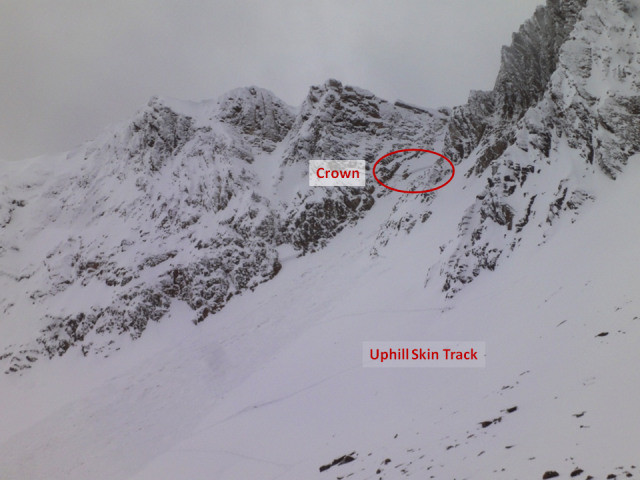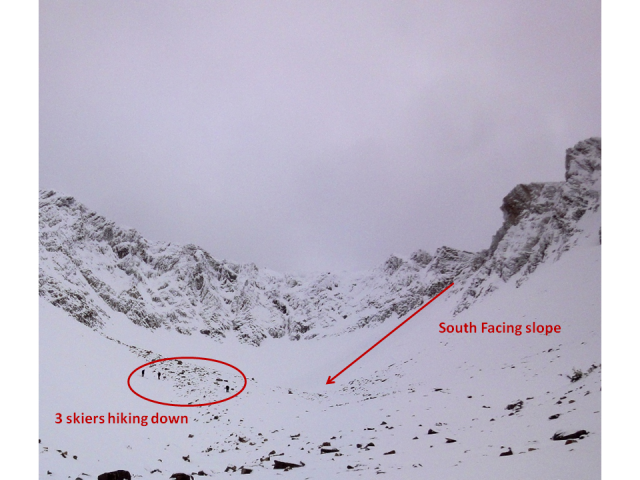Better wear your beacon at Vail!
Or so their corporate lawyers claim:
http://www.scribd.com/doc/116979089/2012-09-20-Defendants-Motion-to-Dismiss-for-Failure-to-State-a-Cla
Then again, the judge didn't buy their argument ...
A Vermont man’s encounter with a manic moose started off “cute,” but ended in horror as the animal had to be put down by a state game warden.
Brent Olsen of Westford awoke Sunday to find a bull moose with its hoof on his car. He tried to shoo him away, he told CBS affiliate WCAX.
“I started hollering at it, ‘Do not jump on my car, Mr. Moose!” Olsen said.
He soon became fascinated and clutched a camcorder to tape the creature’s erratic behavior — which appeared as if he were inebriated.
“A moose with ivy in its horns — I thought it was kind of cute.” he told WCAX.
But Olsen quickly changed his tune when the beast — which typically weighs more than 800 pounds — bolted toward him.
“It scared the crap out of me,” he added.
The video shows the moose charging Olsen, who flew out of the way. At another point, the animal is seen walking in circles, even bumping into a flag pole.
Olsen said the moose rammed into his home four times before a state game warden arrived.

CBSNEWSONLINE VIA YOUTUBE
So why was he acting out?
Vermont Fish and Wildlife Lt. Curtis Smiley told WCAX the moose was exhibiting symptoms of brain worm, a parasite that lives in grazing mammals.
“I have never seen a moose act like that,” Smiley said.

CBSNEWSONLINE VIA YOUTUBE
In the end, officials decided to shoot the moose.
“Very sad to see a beautiful, healthy animal suffer from something like this,” Olsen said.

CBSNEWSONLINE VIA YOUTUBE
Brain worm in moose is not uncommon. At Acadia National Park in Maine, park biologist Bruce Conner told Fenceviewer.com that the animals have been found after falling off cliffs or getting hit by cars.
“The ones that had accidents and died may have been infected with brain worm,” Connery said. “That makes animals do irrational things.”









